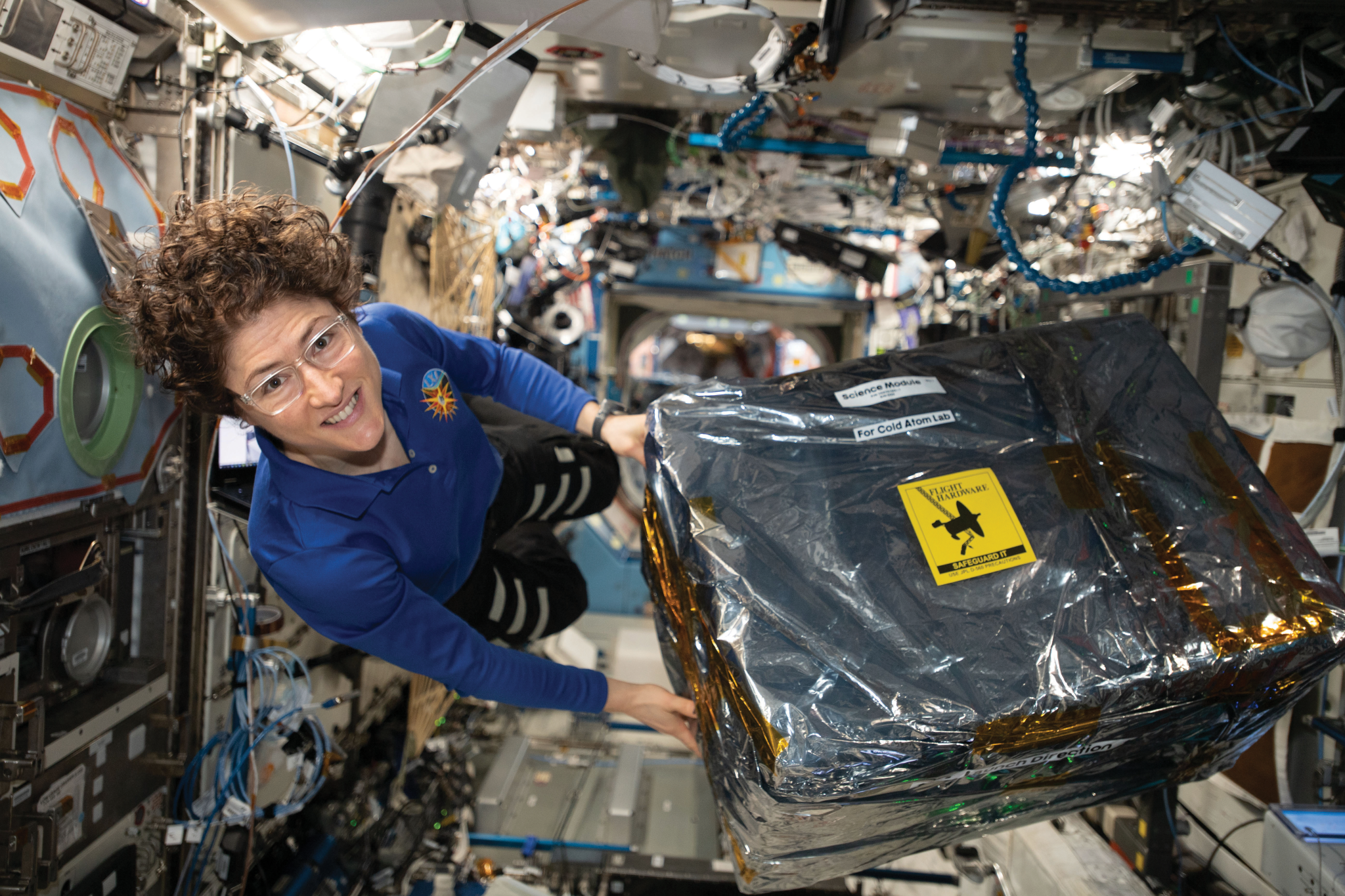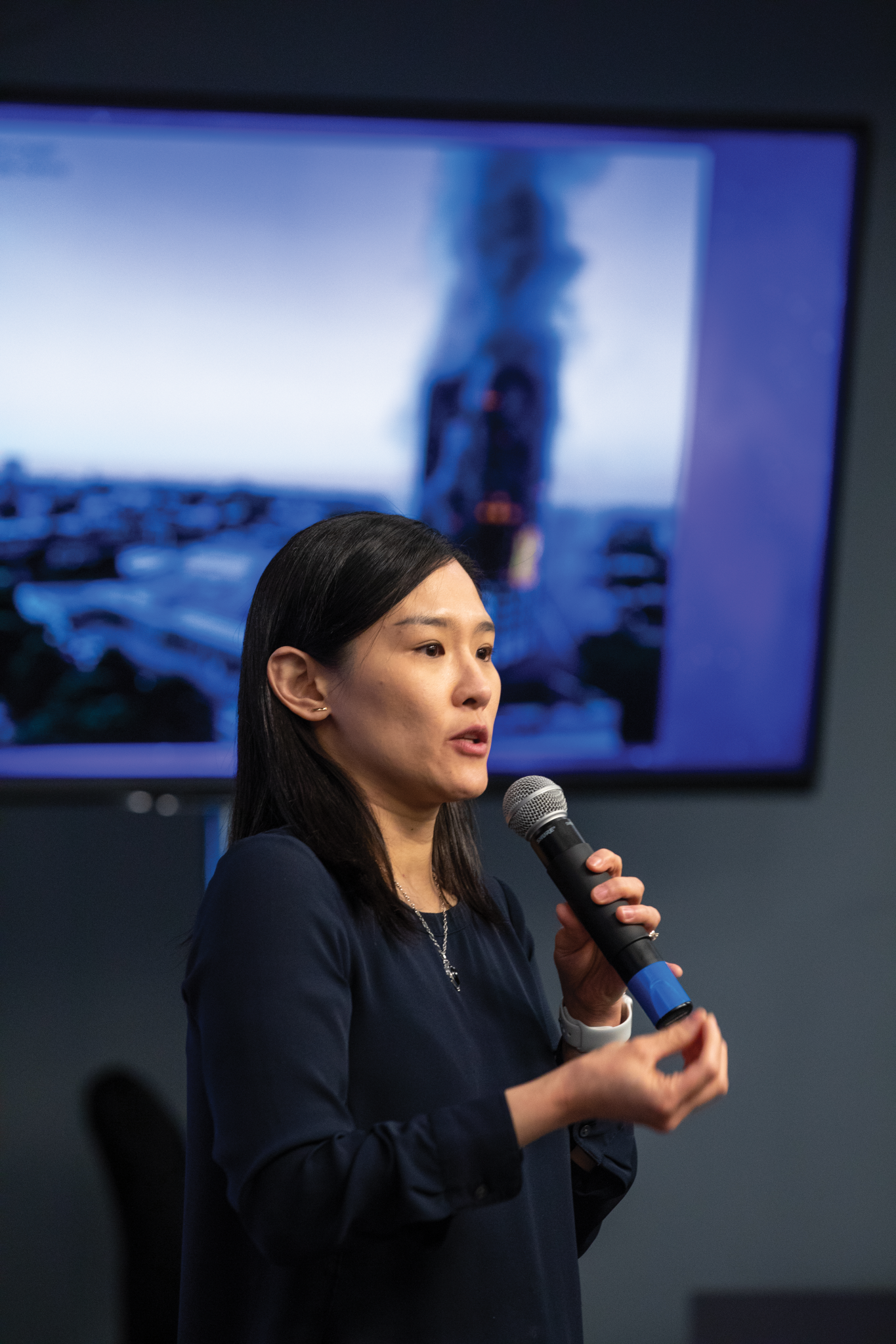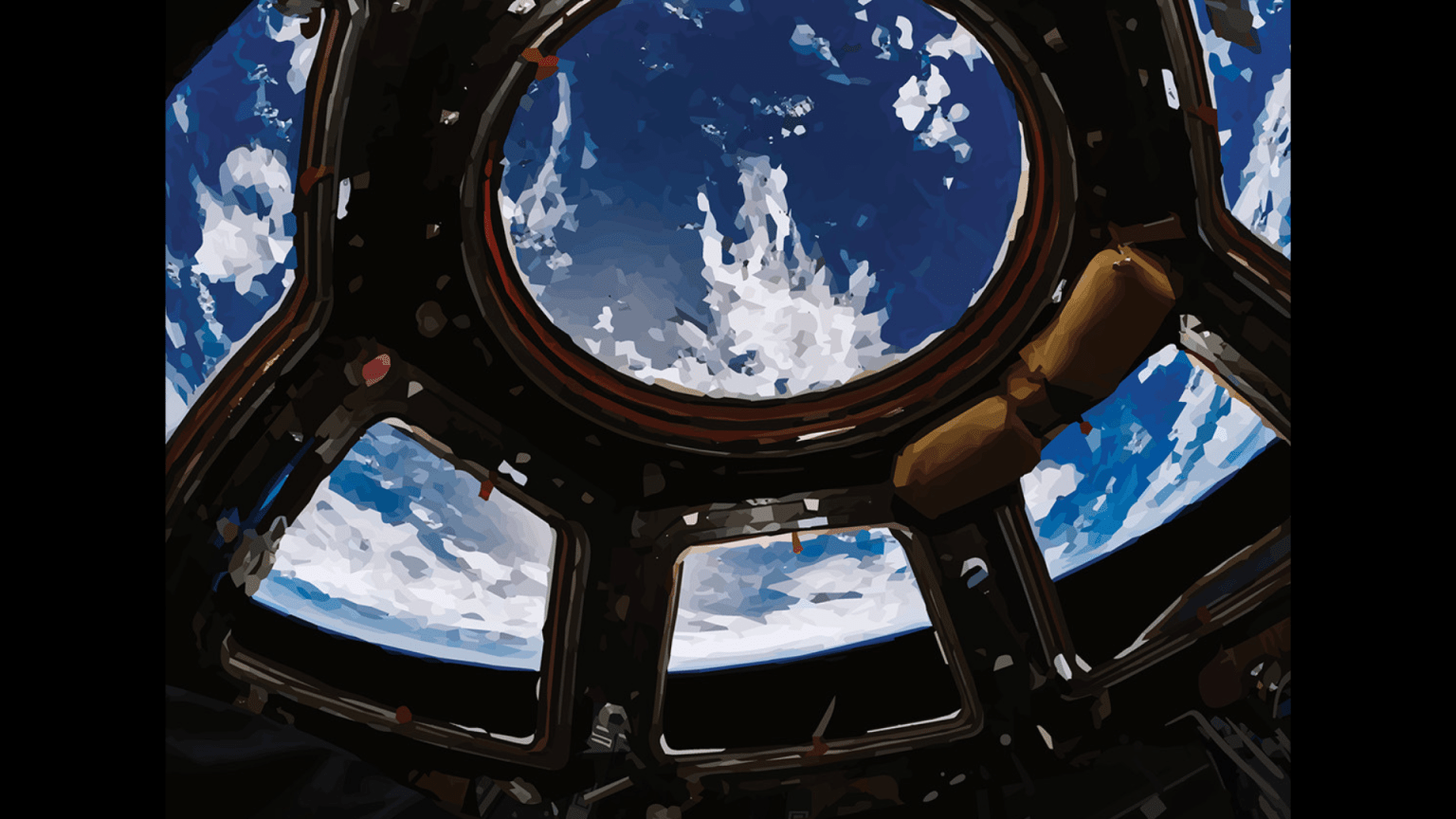
Extreme temperatures aboard space station are helping uncover new information about our universe
Physics research requires extremes. The International Space Station delivers those extremes, from generating some of the coldest temperatures in the universe to using hot flames and furnaces to heat samples above 2,000°C (3,632°F). Keeping things cold can slow down processes in unique ways in microgravity, while understanding how fire spreads and behaves in space is crucial for the safety of astronauts in space and advances our knowledge of combustion and fire control on Earth.
Let us go to the extremes and push the boundary of what we know for the sake of science and safety here on Earth.
You’re Hot
Fuel efficiency and reducing pollution
“Most of our electricity in the United States is generated by combustion,” says NASA’s Glenn Research Center project scientist Dennis Stocker. “In regard to powering cars, where would we be without combustion? Combustion is a big part of our modern lives.”
The International Space Station helps combustion researchers test core principles of their field, removing the variable of gravity, which clouds flame experiments on Earth. The six Advanced Combustion via Microgravity Experiments (ACME) conducted in the Combustion Integrated Rack could yield data that help improve fuel efficiency and reduce pollutant production in combustion on Earth.
Discovering cool flames
“One of the biggest discoveries, not only in the microgravity program but in probably the past 20 to 30 years of combustion research, came during the FLEX experiments on the space station,” says Glenn scientist Daniel Dietrich. When researchers on the FLEX study analyzed fire suppressants by studying burning fuel droplets, they made a surprising discovery: continued, low-temperature “burning” after apparent flame extinction.
Now known as cool flames, this combustion process is distinct from the flames that keep us warm by the campfire. Typical flames produce soot, carbon dioxide, and water. Cool flames produce carbon monoxide and formaldehyde. Learning more about the behavior of these chemically different flames could lead to the development of more-efficient, less-polluting vehicles.
Since their discovery in 2012, cool flames have been produced on Earth, but they quickly flicker out. On station, cool flames can burn for minutes, giving scientists a better opportunity to study them.
“It’s not only important from a nerdy theoretical combustion point of view, but also from a practical point of view,” says Dietrich. “The low-temperature chemical reactions that we can study on facilities like the space station are very important in real combustion systems like engines.”

Flames in tight spaces
Confined Combustion could help keep us safer by improving fire safety codes. The spread of flames in confined spaces such as buildings and vehicles may pose a more serious fire hazard than flame spread in open spaces because of heat radiating back from the surrounding walls. This experiment studied fire movement through differently shaped spaces in microgravity to give us a better understanding of how fire behaves in these areas on Earth.
“It felt unreal that this project, so close to my heart, was in space 200 miles above my head,” says principal investigator Ya-Ting Liao. Liao’s lab is disseminating its findings among industry partners and the academic community to contribute to improving fire safety on Earth and in space. “We have a responsibility to use this unique experiment opportunity to impact science and life on Earth and beyond.”
Understanding hot metals
To produce glass or metal alloys on Earth, raw materials are placed into a container called a crucible and heated. But reactions can occur between the crucible and the materials inside, causing imperfections. JAXA’s Electrostatic Levitation Furnace (ELF) takes advantage of microgravity to study and process these hot materials without containers.
Every material has a very small electrostatic charge on its surface. ELF applies a high voltage to the sample, then levitates it using coulomb force, which forms from the attraction or repulsion of objects based on their electric charges. The amount of charge depends on the material’s characteristics. If the electrostatic charge is very small, scientists cannot levitate the sample on Earth because coulomb force cannot overcome gravity. In microgravity, ELF can levitate almost all samples that cannot be levitated on the ground, providing insights into the properties of high-temperature metals and new types of materials.
“It is very difficult to control the samples in the right position in a super high temperature range above 1,000 degrees Celsius, because every material has its own characteristics. We do not know these characteristics on the ground, so there is a lot of trial and error in the space experiment,” says JAXA scientist Hirohisa Oda. “When we successfully melt the new sample in space, it is a very happy moment for the ELF team.”
Oda says ELF may accelerate development of innovative material like super-diffractive index glass and super-high-heat resistant ceramics. These materials could be useful in aerospace and energy industries.
Putting out fires
We didn’t start the fire – but we sure need to put it out. The Burning and Suppression of Solids (BASS) investigation examines how to extinguish a variety of fuels burning in microgravity. With adequate ventilation, materials may burn as well in microgravity as in normal gravity; however, putting out fires in space must consider the geometry of the flame and characteristics of the extinguisher. Otherwise, some ground-based type efforts may be ineffective or make the flame worse through increased interaction with oxygen.
BASS investigation results guide strategies for extinguishing accidental fires in microgravity and contribute to better fire detection and suppression systems on Earth.
Going big
The Saffire experiments are conducted aboard uncrewed Cygnus cargo spacecraft after they detach from the station. This set of experiments squeezes in one extra dose of science to these missions, taking advantage of every opportunity to do research in microgravity. The distance from station enables tests of larger fires using instruments to measure flame growth, oxygen use, and more. This work improves our understanding of fire growth in microgravity, safeguarding future space missions.
Then You’re Cold
Going to the coldest place in the universe to advance quantum science
In July 2018, NASA’s Cold Atom Lab (CAL) became the first facility to produce a new state of matter, called a Bose-Einstein condensate (BEC), in Earth orbit. A fundamental physics facility aboard the space station, CAL cools atoms to ultracold temperatures to study their quantum properties in ways not possible on Earth.
“With Cold Atom Lab, we’re looking for new physics that pops up only when you can study the universe at extremely fine scales,” said Jason Williams, the lead scientist for the Cold Atom Lab atom interferometer at NASA’s Jet Propulsion Laboratory (JPL) in Southern California.
Chilling atoms is the only way to produce a BEC. The colder the atoms are, the slower they move and, following the rules of quantum mechanics, the larger and more wave-like they become. Ultracold atom facilities like CAL cool atoms to within a few billionths of a degree above the temperature at which they would theoretically stop moving entirely. Facilities in space can potentially reach colder temperatures than Earthbound labs because less energy is required to keep the atoms in place in space.
Longer observing times and colder temperatures both provide opportunities for deeper insights into the behaviors of atoms and BECs.
BECs serve as a valuable tool for quantum physicists because all the atoms in a BEC have the same quantum identity. This means they collectively exhibit properties that are typically displayed only by individual atoms or subatomic particles. BECs make those microscopic characteristics visible at a macroscopic scale.

“Even dating back to when the first Bose-Einstein condensates were made, physicists recognized how working in space could provide big advantages in studying these quantum systems,” said David Aveline, a member of the Cold Atom Lab science team at JPL. “There have been some focused demonstrations in this regard, but now with the continuous operation of Cold Atom Lab, we’re showing there’s a lot to gain by doing these prolonged experiments day after day in orbit.”
Quantum science touches our lives each day. Quantum mechanics refers to the branch of physics that focuses on the behaviors of atoms and subatomic particles. It is foundational to many components in many modern technologies, including cell phones and computers, that employ the wave nature of electrons in silicon.
Although the first quantum phenomena were observed more than a century ago, scientists continue to learn about this realm of our universe.
Cold Atom Lab now has run successfully for more than four years, and astronauts even helped upgrade the facility with a new tool, called an atom interferometer, that uses atoms to precisely measure forces, including gravity. The new instrument is working as expected, making it the first atom interferometer to operate in space.































